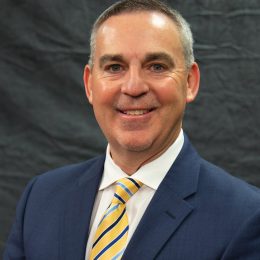At one time or another, we’ve all returned home or woken up late for work to see a blinking “12:00” on our digital alarm clock. You then have to reset every digital clock in your household that doesn’t have a battery backup — from the microwave oven to the answering machine. Usually, this state of “eternal midnight” was caused by a “blink” in the electrical system.
While blinks can be annoying, they show that an electrical system is working exactly as designed. Blinks occur when a relay senses a fault on the line and tells the breaker to open, preventing the flow of power to the problem site. After opening, the breaker quickly closes sending power back down the line. This brief delay usually lasts less than two seconds and is designed to allow temporary faults to clear the line.
 If the fault clears, every home or business circuit that receives electricity off that power line has just experienced a blink. This could include thousands of accounts if the breaker protects a transmission line or a substation. If the fault doesn’t clear, the breaker will lock out resulting in an outage.
If the fault clears, every home or business circuit that receives electricity off that power line has just experienced a blink. This could include thousands of accounts if the breaker protects a transmission line or a substation. If the fault doesn’t clear, the breaker will lock out resulting in an outage.
At Southern Indiana Power, we have taken steps to reduce the number of blinks across our power system. Trees making contact with the power line are a major cause of these temporary faults. We operate an aggressive right-of-way maintenance and tree trimming program, but you can help. Let us know of any trees or limbs located close to a power line that could potentially make contact and cause problems. If you experience an excessive amount of blinks, we want to know that, too. Our crews will work hard to identify and fix the causes of these service
interruptions.
The next time you experience the “12:00” blinking digital clock, remember the system is working as designed by protecting itself and preventing a longer outage. Even though blinks will never entirely disappear from our electrical system, it’s always our mission to provide you with safe and reliable electric service. If everyone works together, we can minimize the effects and the frequency of these interruptions.
STEVE SEIBERT
President/CEO




